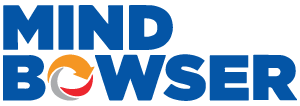Enhance Your Product's Success with Our Expert Product Design Services
Mindbowser helps you leverage the power of design thinking to create winning products and services. Elevate your business with our expert and get started today!
Get In TouchMindbowser helps you leverage the power of design thinking to create winning products and services. Elevate your business with our expert and get started today!
Get In TouchAt Mindbowser, our services include creating and improving the overall experience of a product or service for its users, considering usability, accessibility, and engagement. Our goal is to create an attractive, intuitive and functional design that provides a positive experience for the user.
Our experts help you create and improve the overall user experience, including the product’s navigation, user flow, information architecture and accessibility. We understand your customer’s needs and behaviors to inform the design process. We create a product that is both aesthetically pleasing and easy to use, providing a positive experience for the user.


Expert advice and support in designing and improving digital products and services focused on user experience. We truly understand customers’ needs and behaviors, which helps make informed design decisions. Our experts help you create prototypes and validate ideas gathering user feedback on the product.
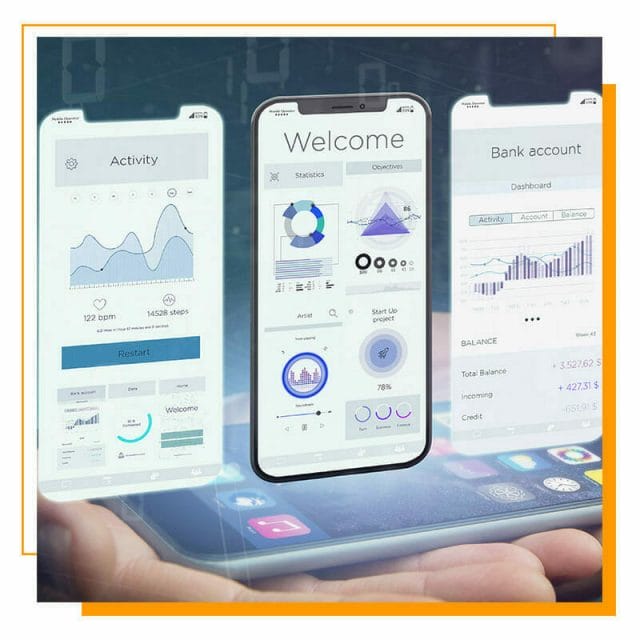

Our designers are exceptional, and they help businesses build effective mobile interfaces for mobile applications. We create interactive prototypes that are seamless and enjoyable for the customers. With Mindbowser, you can navigate the digital landscape that delivers tangible business results.


We offer companies to help develop and design cross-platform applications, websites or software. The services aim to provide a seamless and consistent user experience across multiple devices and platforms, such as iOS, Android and web browsers.


With a problem-solving approach, we combine creativity and practicality to develop solutions to complex challenges. We focus on users’ needs and aim to deliver user-centered solutions. Our experts help you convert your ideas into a testable prototype which leads to the efficient development of your product.
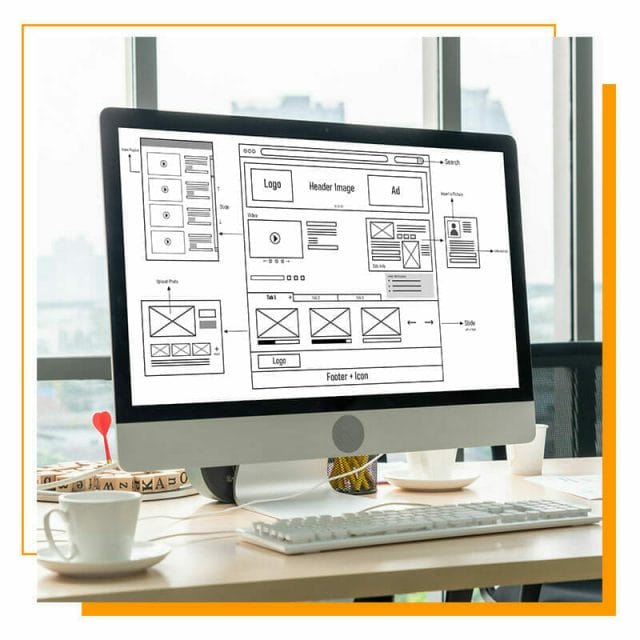

Our experts have vast experience in creating and designing websites. We ensure that your website is optimized and up-to-date with features. The designs created by the team are visually appealing and user-friendly websites that effectively communicate a brand’s message and meet its business objectives.
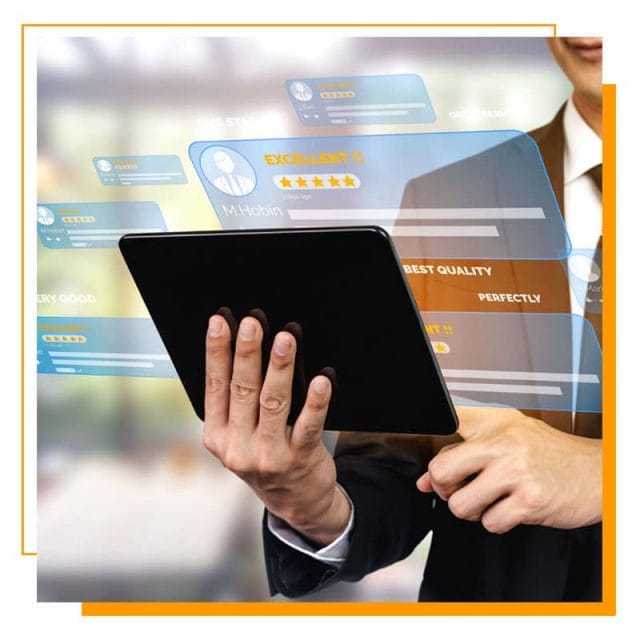

At the core, good customer experience is based on understanding what your customers need and want. We anticipate these needs using data and predictive insights and deliver engaging digital experiences at every touch point of the user journey. It is designed to create a seamless and personalized experience digitally.
The design sprint is a crucial part of the Mindbowser idea transformation process. It helps conceptualize your idea and create a blueprint for the development team. We use best practices in Design Sprint and provide recommendations that result in a complete mock-up version of your idea.
We attempt to comprehensively understand our client’s requirements and conduct market research to identify potential gaps in user expectations. We conduct a detailed analysis to help us innovate with our solution and provide a cutting-edge, scalable solution that will meet our client’s needs.
User personas are important for product development as they ensure the target audience will receive the product well. Our team conducts thorough research to help in gaining a deep understanding of the users, their context, and the problem to be solved.
UX principles are guidelines that we use to make designs- easy to use and enjoyable. We apply them to select, create, and organize elements and features in the project. Our design principles ensure that the solutions developed are centered around the user’s needs and grounded in user research insights.
We create a user flow that is easy and effortless for your customers and ensures that your business needs are met. To make decisions about the user flow that are informed and backed by data, we base our decisions on research and analysis so that our clients feel confident in the results.
Information architecture plays a crucial role in the success of a design sprint by organizing and structuring the content and information within a product or service. Our information architecture design is focused on organizing content so that users can easily understand the functionality of the product and can find what they need without putting in a lot of effort.
Wireframing is an essential tool in our project scope definition and development process. It allows us to map out where the most important elements in the application should be and simplifies communication between our client and us or the development team. It helps our expert designers spot potential issues in the structure or flow of your application.
A typical design sprint takes 4-5 weeks in total. The sprint in action ensures the success of your sprint. We recommend organizing at least one full day of planning before the actual day of the sprint begins.
Sprinting typically takes 4-5 weeks and is intended to help you develop the best team possible to tackle a project and guide your business through the design sprint. The main purpose of sprint planning is to define what can be delivered and how that work will be achieved within the time frame.
We will map out your idea, set a long-term goal to be our guide throughout the sprint in action and make a standalone activity. The team will have identified the challenges and impactful areas where a solution would be most beneficial.
The sketch step of the Design Sprint is about the ‘Diverge’ approach, where we will discuss various possible solutions to help solve the pain points addressed on the previous day. We will brainstorm all possible solutions for each challenge and choose the best approach.
We will finalize the app’s feature list and specify each feature in detail. The information architecture (IA) is created to ensure all features are properly placed and that navigation between them flows smoothly.
We will build prototypes that will be more realistic than the storyboards. Our team builds a rapid, low-fidelity prototype using paper, cardboard, or other materials. The prototypes are refined based on feedback and testing.
The final stage of the Design Sprint is getting feedback from potential customers. This is where all the work you have done over the previous sprints is tested. At the end, you will know exactly how far you have to go and what needs to be done next.
We will map out your idea, set a long-term goal to be our guide throughout the sprint in action and make a standalone activity. The team will have identified the challenges and impactful areas where a solution would be most beneficial.
The sketch step of the Design Sprint is about the ‘Diverge’ approach, where we will discuss various possible solutions to help solve the pain points addressed on the previous day. We will brainstorm all possible solutions for each challenge and choose the best approach.
We will finalize the app’s feature list and specify each feature in detail. The information architecture (IA) is created to ensure all features are properly placed and that navigation between them flows smoothly.
We will build prototypes that will be more realistic than the storyboards. Our team builds a rapid, low-fidelity prototype using paper, cardboard, or other materials. The prototypes are refined based on feedback and testing.
The final stage of the Design Sprint is getting feedback from potential customers. This is where all the work you have done over the previous sprints is tested. At the end, you will know exactly how far you have to go and what needs to be done next.
Our ability in modern design expertise creates visually appealing, functional, and user-centric designs that cater to the needs of the latest trends and technologies. We involve a deep understanding of the user’s behavior, design principles, and technical skills to produce designs that are aesthetically pleasing and optimized for greater performance.
At Mindbowser, we provide modern design expertise that tailors the specific needs of your business. We implement the latest design techniques and leverage tools which drive the success of your business.
At our company, we believe that focusing on the user is key to successful products. Our UX design offerings concentrate on guidelines that manage our work process for making user-friendly and appealing interfaces.
We always keep the user at the center of our design process, ensuring their needs and preferences are considered at every stage. By focusing on the user, we create intuitive, easy-to-use products and provide a positive experience.
We maintain consistency across all design elements, including colors, typography, layout, and interactions. Consistency helps users understand how to interact with the product, reducing confusion and making the experience more seamless.
We strive for simplicity in design, avoiding clutter and unnecessary elements that can detract from the user experience. Simple designs are easier to navigate, and understand, and more enjoyable.
We design with accessibility in mind, ensuring that our products are usable by people with a wide range of abilities and disabilities. By designing for accessibility, we make our products more inclusive and accessible to everyone.
We incorporate user feedback throughout the design process, testing our designs and incorporating feedback to refine our approach. This approach helps us create products that meet user needs and exceed expectations.
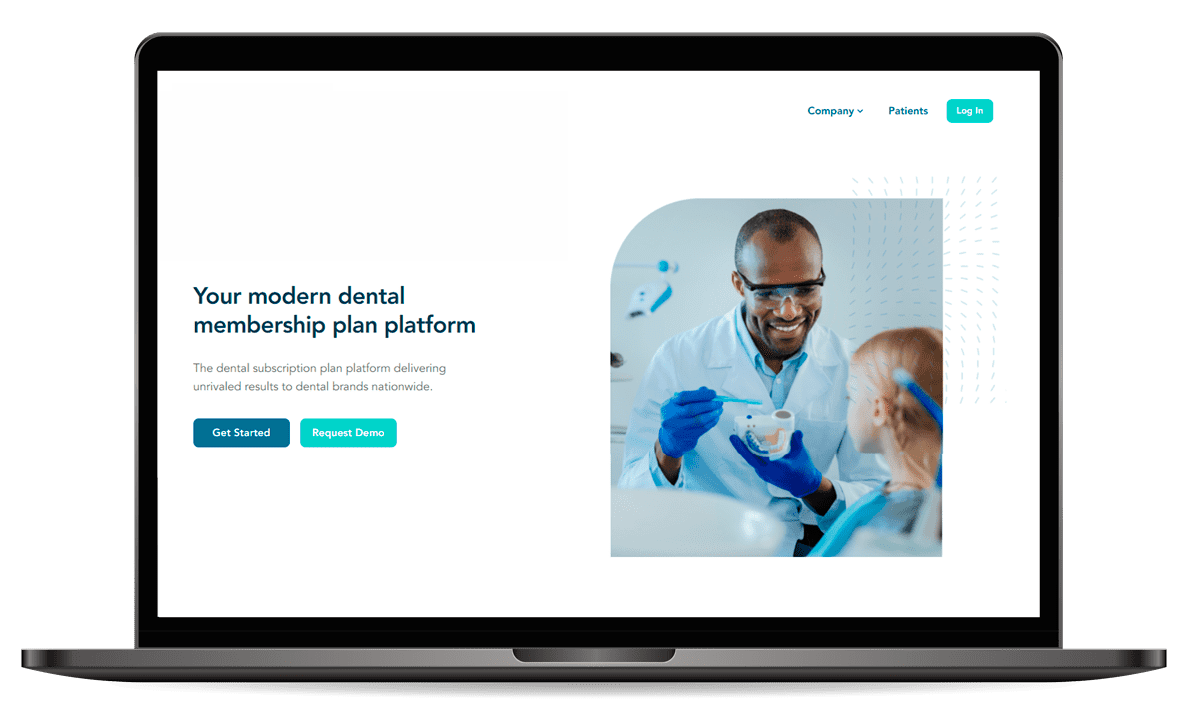
An US-based dental membership company wanted to redesign its website to offer a more personalized and user-friendly experience. We tackled technical challenges like data integration and user segmentation through design sprints and built a modern website with a clear information architecture, engaging visuals, and strong SEO practices.

We redesigned a platform for modern work, enabling collocated, distributed, and remote teams to communicate and collaborate across formats, tools, channels, and time zones — without the constraints of physical location, meeting space, and whiteboard.
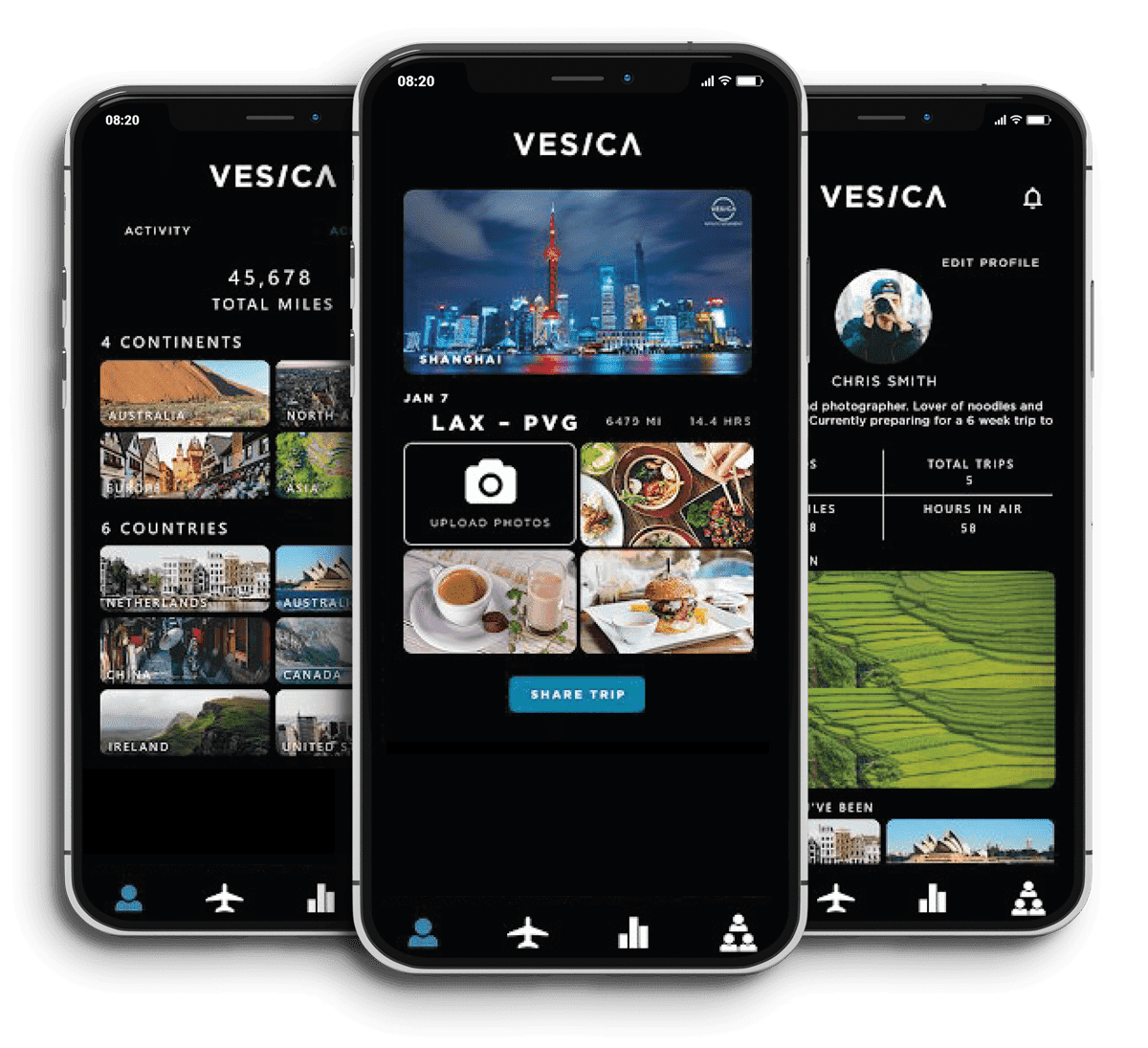
Vesica is a comprehensive travel application that acts as a travel companion, storing itineraries, boarding pass, trip plans, miles, and memories. Additionally, the app complements smart bags and luggage, enabling tracking and making your travels easier. This on-demand travel app can be defined as an all-in-one solution to your travel needs connecting seamlessly with the Vesica smart luggage.
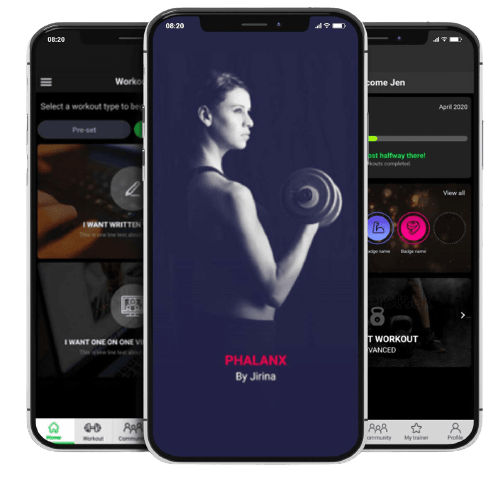
A fitness expert wanted to make an app that would establish a unique brand and continue her business growth in the post-pandemic world. The idea was to build a platform for a single instructor and then scale it up as a tool for experts worldwide. The founder was not an expert in technology and just had an idea on a napkin when she started working with Mindbowser.
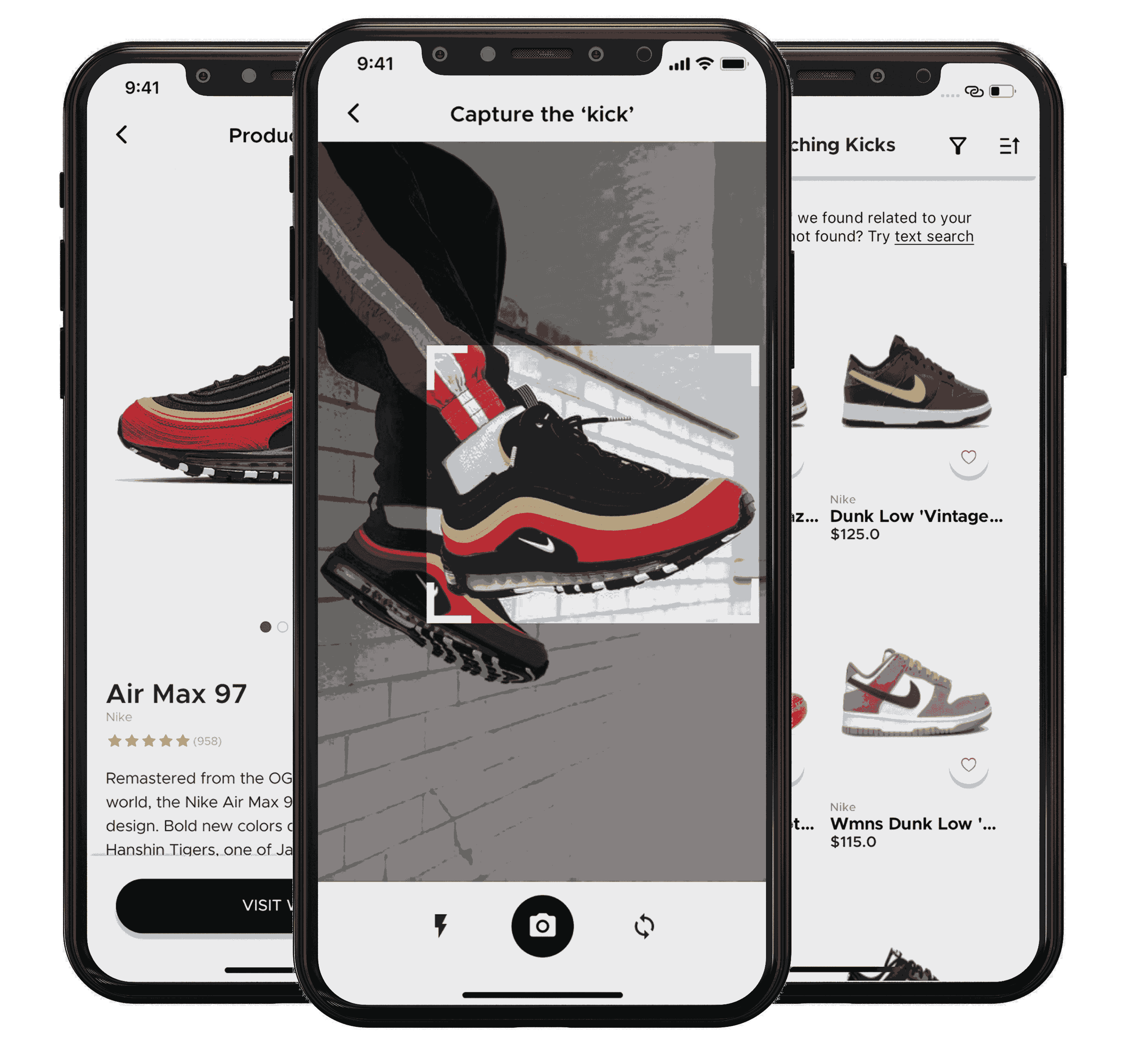
Discover how an e-commerce brand aims to completely change the way you shop for sneakers. We developed an application that utilizes machine learning algorithms to help you find the exact sneaker you were dreaming of. The intuitive interface enriched the powerful search algorithms and set a new standard in sneaker shopping.

The client struggled to manage a high volume of disorganized leads and referrals. Their existing system lacked structure and required a central hub for deal management. Our solution was a user-friendly CRM platform with a clear dashboard, progress-tracking features, and seamless integration with external tools like Google Calendar. This streamlined their workflow and improved lead organization.

In a bid to attract a younger, tech-savvy audience and promote sustainable mobility. We redesigned the application to help users understand their integration, distance traveled, and goals achieved, implementing gamified elements. The solution improved user engagement and satisfaction, reinforcing the client’s commitment to environmental conversation and community engagement.
Delivering the best solutions starts with understanding the business needs. Our approach is tailored to meet your unique goals and objectives.
Our product development cycle involves various stages, including design, development, testing and launch. Our iterative process ensures that all builds meet requirements and enhance user experience. We monitor the performance and identify improvement areas.
Learn MoreBacked with Design Sprint practice, we help our customers evolve their products and plans. A Design Sprint is a series of meticulously designed steps, conceptualized by Google to build better user experience and design thinking into the products.
Learn MoreMindbowser’s scrum framework is designed to help you deliver your sprints faster and with more continuous empowerment. With Agile approach you become flexible and responsive to changing needs and priorities, delivering high-quality services quickly and efficiently.
Learn MoreWe emphasize iterative processes to develop and release products or services rapidly. We rely on data-driven insights and metrics to ensure informed decisions are validated. With such an approach you can achieve high-quality and reliable outcomes.
Learn MoreWe use the best DevOps practices to ensure proper project environments. This includes daily commits and performance dashboards to bring predictability. The team commits code every day so that daily progress can be tracked.
Learn MoreWith rapid prototyping, our team creates low-fidelity and interactive prototypes that can be shared with users and stakeholders for feedback. We identify and address potential problems or issues early in the development process, reducing the risk of costly mistakes.
Learn MoreWe prioritize clean code to create more maintainable software with fewer bugs and errors. Our experienced developers are skilled in writing clean, efficient, and well-structured code, ensuring that our products are reliable, scalable and of the highest quality.
Learn MoreOur approach to Smart QA is nothing but a combination of human expertise and AI capabilities, revolutionizing software delivery. The innovative QA approach improves the efficiency of our testing practices and ensures the delivery of high-quality software that meets the evolving needs of the industry.
Learn MoreWe prioritize zero-trust security as a key element of our approach to information security. Our experienced team of security experts leverages cutting-edge tools and technologies to implement a robust zero-trust architecture that protects the data and assets.
Learn MoreOur launch and support services are designed to help our clients achieve their goals after launch and over the long term. We provide ongoing support and maintenance, including bug fixes, feature updates, and security, to ensure the products and services run well.
Learn MoreA design sprint is a method employed to help quickly prototype and test with real users so that you can receive feedback about your product before actually building anything. You can reduce risk and make better feature prioritization and user flow decisions. Design sprints are conducted over the course of five days and include activities such as interviews, prototyping and user testing.
Design sprint provides a structured and focused approach to solving complex business challenges and identifying new opportunities. By condensing the design process into a five-day sprint, teams can quickly validate or invalidate ideas and move forward, reducing the time it takes to bring new products and services to market. Design sprints is a highly recommended approach for businesses looking to solve complex problems and create customer-centric products and services.
A Design Sprint is perfect when you and your team are stuck and unsure of the next step. It can help you validate new ideas or features for an existing product, or it can help you find a product-market fit. Design sprints are extremely versatile and can be used in various situations.

We worked with Mindbowser on a design sprint, and their team did an awesome job. They really helped us shape the look and feel of our web app and gave us a clean, thoughtful design that our build team could...


The team at Mindbowser was highly professional, patient, and collaborative throughout our engagement. They struck the right balance between offering guidance and taking direction, which made the development process smooth. Although our project wasn’t related to healthcare, we clearly benefited...

Founder, Texas Ranch Security

Mindbowser played a crucial role in helping us bring everything together into a unified, cohesive product. Their commitment to industry-standard coding practices made an enormous difference, allowing developers to seamlessly transition in and out of the project without any confusion....

CEO, MarketsAI

I'm thrilled to be partnering with Mindbowser on our journey with TravelRite. The collaboration has been exceptional, and I’m truly grateful for the dedication and expertise the team has brought to the development process. Their commitment to our mission is...

Founder & CEO, TravelRite

The Mindbowser team's professionalism consistently impressed me. Their commitment to quality shone through in every aspect of the project. They truly went the extra mile, ensuring they understood our needs perfectly and were always willing to invest the time to...

CTO, New Day Therapeutics

I collaborated with Mindbowser for several years on a complex SaaS platform project. They took over a partially completed project and successfully transformed it into a fully functional and robust platform. Throughout the entire process, the quality of their work...

President, E.B. Carlson

Mindbowser and team are professional, talented and very responsive. They got us through a challenging situation with our IOT product successfully. They will be our go to dev team going forward.

Founder, Cascada

Amazing team to work with. Very responsive and very skilled in both front and backend engineering. Looking forward to our next project together.

Co-Founder, Emerge

The team is great to work with. Very professional, on task, and efficient.

Founder, PeriopMD

I can not express enough how pleased we are with the whole team. From the first call and meeting, they took our vision and ran with it. Communication was easy and everyone was flexible to our schedule. I’m excited to...

Founder, Seeke

We had very close go live timeline and Mindbowser team got us live a month before.

CEO, BuyNow WorldWide

If you want a team of great developers, I recommend them for the next project.

Founder, Teach Reach

Mindbowser built both iOS and Android apps for Mindworks, that have stood the test of time. 5 years later they still function quite beautifully. Their team always met their objectives and I'm very happy with the end result. Thank you!

Founder, Mindworks

Mindbowser has delivered a much better quality product than our previous tech vendors. Our product is stable and passed Well Architected Framework Review from AWS.

CEO, PurpleAnt

I am happy to share that we got USD 10k in cloud credits courtesy of our friends at Mindbowser. Thank you Pravin and Ayush, this means a lot to us.

CTO, Shortlist

Mindbowser is one of the reasons that our app is successful. These guys have been a great team.

Founder & CEO, MangoMirror

Kudos for all your hard work and diligence on the Telehealth platform project. You made it possible.

CEO, ThriveHealth

Mindbowser helped us build an awesome iOS app to bring balance to people’s lives.

CEO, SMILINGMIND

They were a very responsive team! Extremely easy to communicate and work with!

Founder & CEO, TotTech

We’ve had very little-to-no hiccups at all—it’s been a really pleasurable experience.

Co-Founder, TEAM8s

Mindbowser was very helpful with explaining the development process and started quickly on the project.

Executive Director of Product Development, Innovation Lab

The greatest benefit we got from Mindbowser is the expertise. Their team has developed apps in all different industries with all types of social proofs.
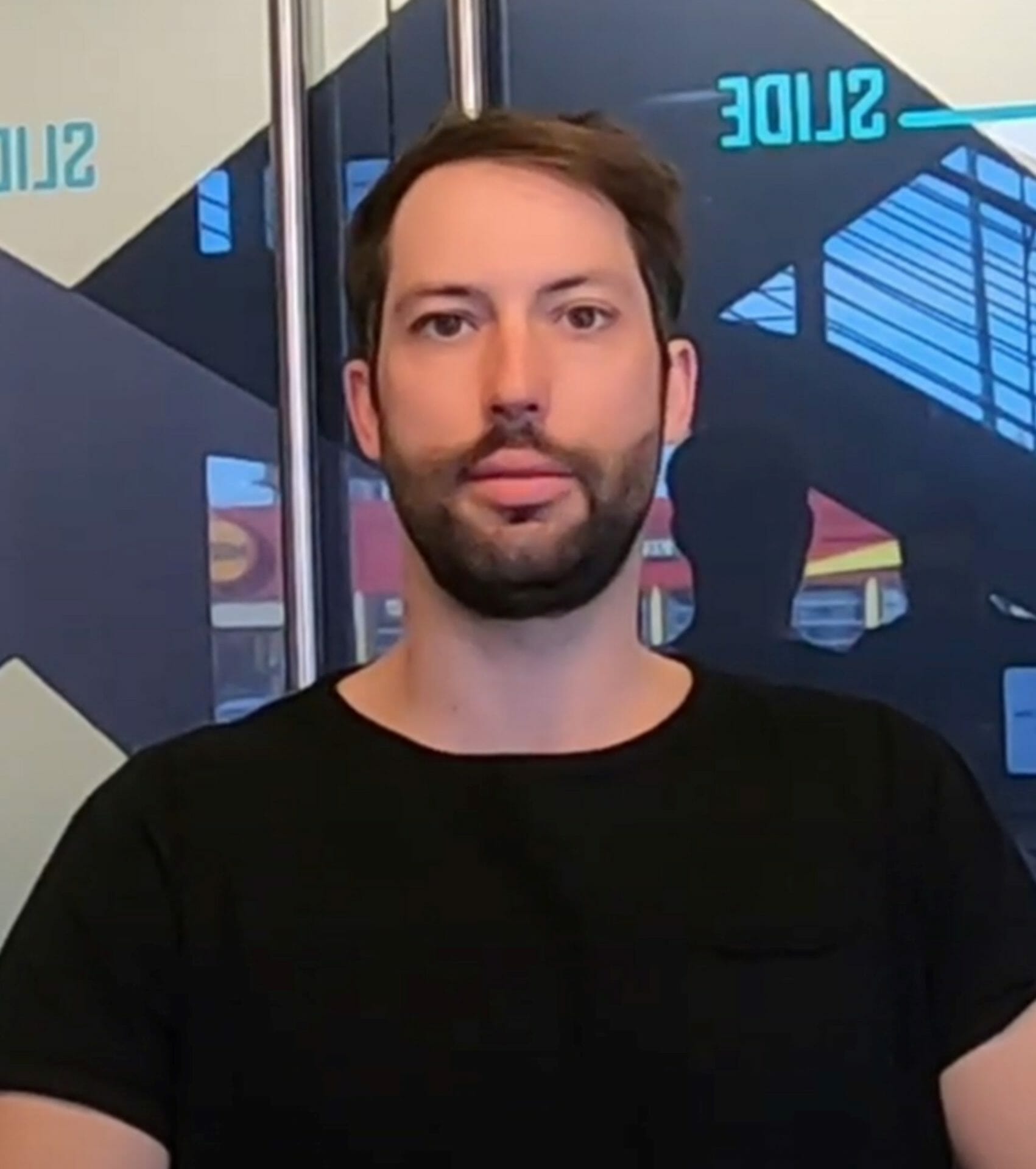
Co-Founder, Vesica

Mindbowser is professional, efficient and thorough.

Consultant, XPRIZE

Very committed, they create beautiful apps and are very benevolent. They have brilliant Ideas.

Founder, S.T.A.R.S of Wellness

Mindbowser was great; they listened to us a lot and helped us hone in on the actual idea of the app. They had put together fantastic wireframes for us.

Co-Founder, Flat Earth

Ayush was responsive and paired me with the best team member possible, to complete my complex vision and project. Could not be happier.

Founder, Child Life On Call

The team from Mindbowser stayed on task, asked the right questions, and completed the required tasks in a timely fashion! Strong work team!
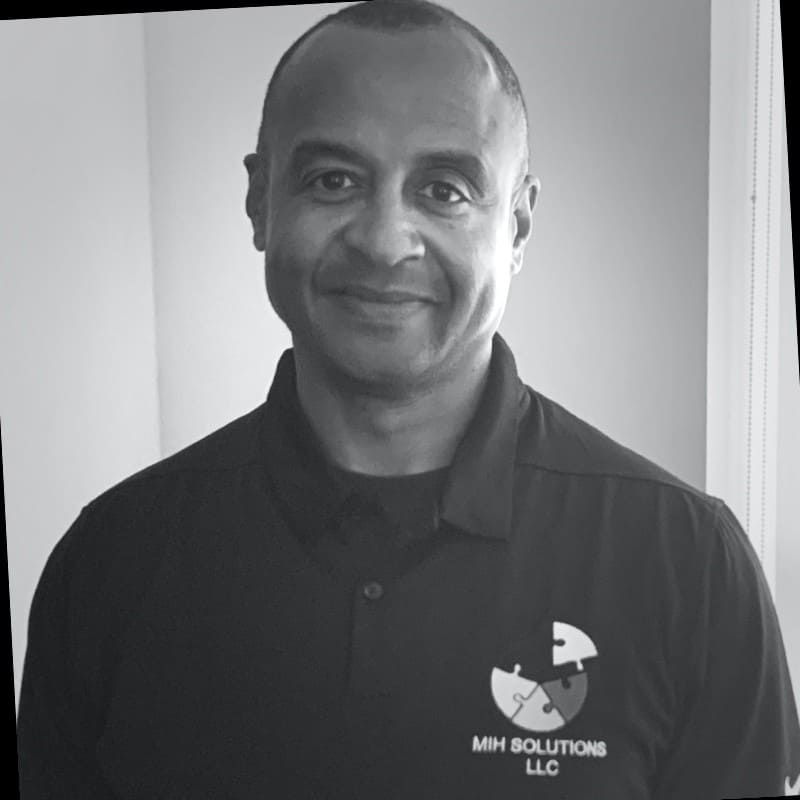
CEO, SDOH2Health LLC

Mindbowser was easy to work with and hit the ground running, immediately feeling like part of our team.

CEO, Stealth Startup

Mindbowser was an excellent partner in developing my fitness app. They were patient, attentive, & understood my business needs. The end product exceeded my expectations. Thrilled to share it globally.

Owner, Phalanx

Mindbowser's expertise in tech, process & mobile development made them our choice for our app. The team was dedicated to the process & delivered high-quality features on time. They also gave valuable industry advice. Highly recommend them for app development...

Co-Founder, Fox&Fork
